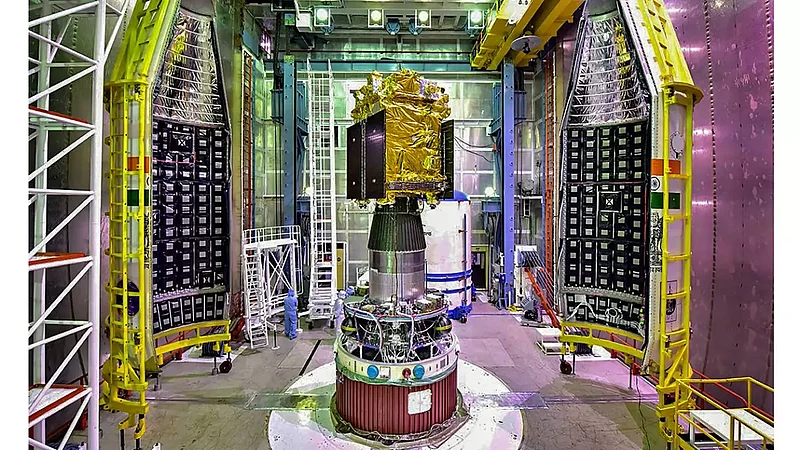In a trailblazing move, the Indian Space Research Organisation (ISRO) is set to launch the Aditya-L1 mission on September 2, marking India's maiden endeavor to study the sun. The mission's name, "Aditya," pays homage to the sun in the Hindi language, reflecting the nation's reverence for this celestial body. After its recent triumph in lunar exploration, ISRO's focus now turns to unraveling the secrets of the sun, an endeavor poised to unlock critical insights into solar phenomena and its impact on Earth's environment.
On the platform formerly known as Twitter, ISRO made an official announcement on Friday: "The countdown leading to the launch at 11:50 Hrs. IST on September 2, 2023, has officially begun."
Just one day prior, ISRO's chief, S Somnath, shared that the space agency was gearing up for this momentous event, marking the start of the countdown to the launch, which commenced on Friday.
As anticipation mounts, the countdown for the Aditya-L1 mission is all set to commence on September 1, as confirmed by ISRO chairman S Somanath. Scheduled for liftoff at 11.50am from the Sriharikota spaceport in Andhra Pradesh, the Aditya-L1 mission embarks on a journey that has been in the making for over 15 years. Dr. YS Rajan, a distinguished former ISRO scientist and co-author of "India 2020: A Vision for the New Millennium," emphasized ISRO's longstanding commitment to space exploration and the significance of Aditya-L1's forthcoming mission.
Unveiling the Path to the Sun: Aditya-L1's Multistage Odyssey
The Aditya-L1 mission's odyssey will be characterized by several crucial stages as it ventures deeper into space, culminating in its halo orbit around the Lagrange point (L1). This ambitious journey unfolds as follows:
Launch: ISRO's powerful PSLV XL rocket will ignite the journey, propelling the Aditya-L1 spacecraft from the Satish Dhawan Space Centre SHAR in Sriharikota.
Trajectory Evolution: The spacecraft will initially assume a Low Earth Orbit before transitioning into a more elliptical trajectory.
Departure from Earth's Gravitational Hold: Utilizing onboard propulsion, the probe will break free from Earth's gravitational influence, heralding its trajectory towards the Lagrange point.
Cruise Phase: The mission enters its cruise phase, marking the spacecraft's departure from Earth's Sphere of Influence.
Halo Orbit: The climax of the journey culminates with the insertion of the spacecraft into a sprawling halo orbit encircling the Lagrange point (L1).
Illuminating the Cosmos: Aditya-L1's Pivotal Role in Solar Exploration
The significance of the Aditya-L1 mission cannot be overstated. After India's remarkable achievement of landing a spacecraft near the lunar south pole, this solar odyssey holds the promise of enhancing our understanding of the sun's intricacies. Positioned in a halo orbit around one of the five Lagrange points, Aditya-L1 will be uniquely positioned to observe the sun, decoding its real-time effects on Earth's environment and other celestial bodies. The spacecraft's observations are also poised to unveil the hidden annals of Earth's climate history, as solar activities wield a profound impact on our planet's atmosphere.


























